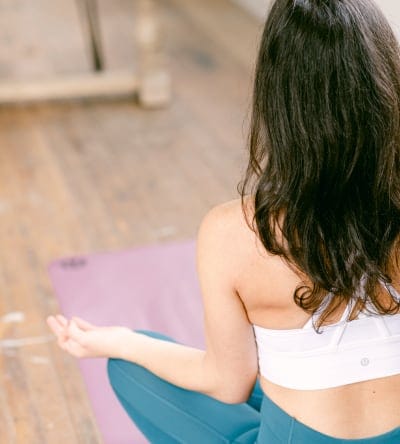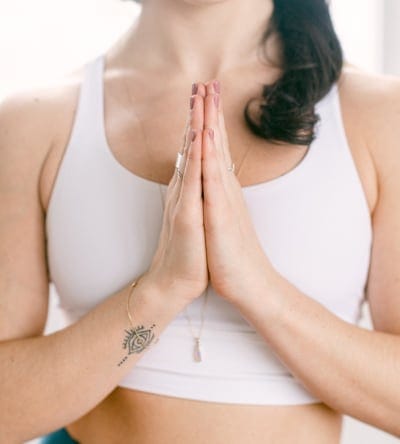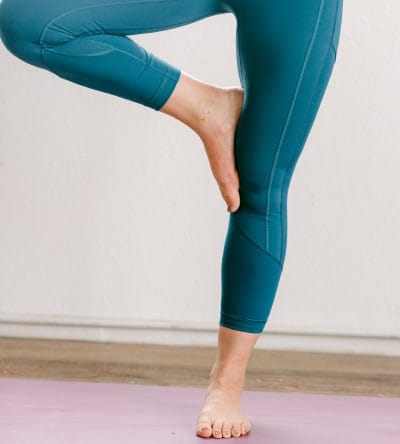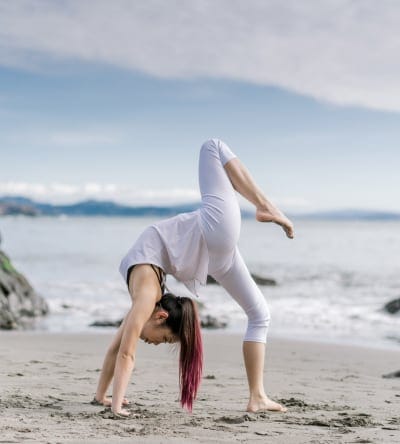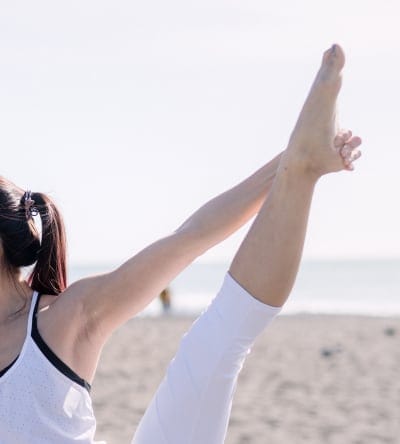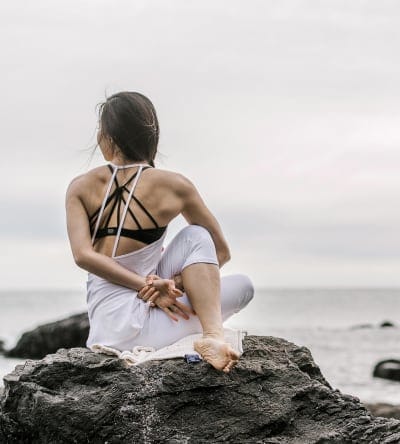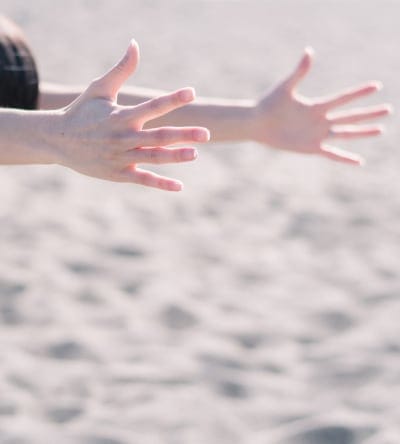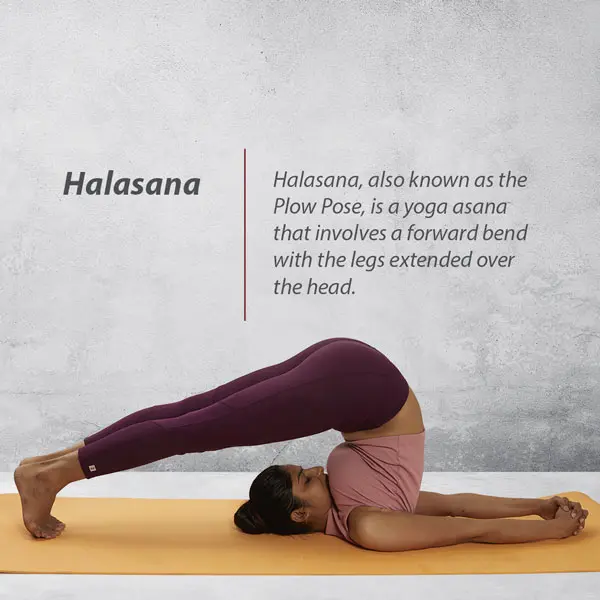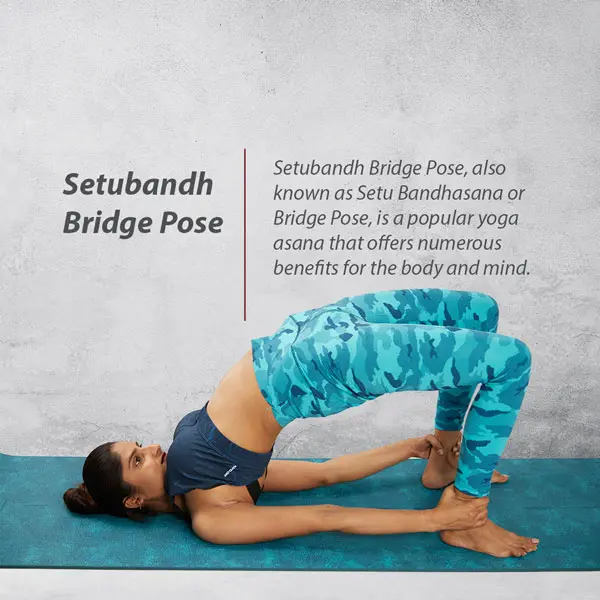Padmasana or Lotus Pose
(Sanskrit: पद्मासन, romanized: padmāsana)
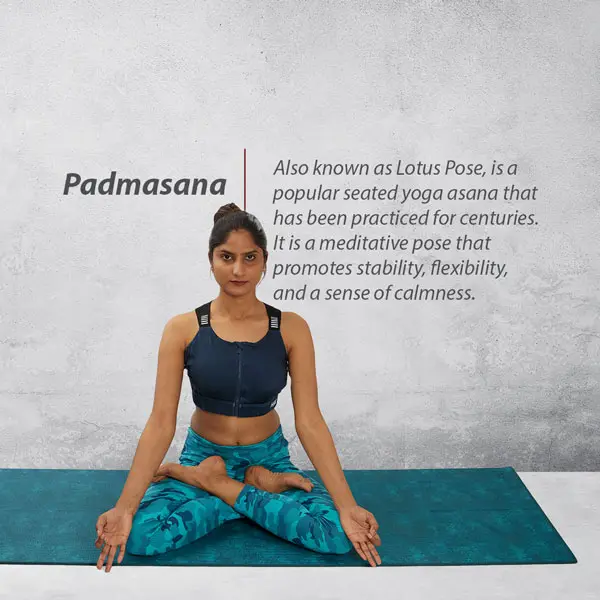
Introduction of Padmasana or Lotus Pose Yoga Asana
Padmasana, commonly known as the Lotus Pose, is an iconic yoga asana celebrated for its serene and meditative qualities. This timeless posture derives its name from the lotus flower, symbolizing purity, enlightenment, and spiritual awakening. In Padmasana, one sits cross-legged with the feet placed on the opposite thighs and the spine erect. Here’s why Padmasana is not just a pose but a profound experience:
One of the primary benefits of Padmasana / Lotus Pose is its ability to foster deep concentration and tranquility. As the body settles into this balanced and stable posture, the mind follows suit, making it an ideal choice for meditation and mindfulness practices.
Furthermore, Lotus Pose helps improve posture and flexibility by gently stretching the ankles, knees, and hip joints. This makes it particularly beneficial for individuals seeking relief from stiffness or discomfort in these areas.
As a symbol of enlightenment, Padmasana is an invitation to explore the inner realms of consciousness. Regular practice of this lotus pose benefits with heightened self-awareness and a greater sense of inner peace. Whether you’re a seasoned yogi or a beginner, Padmasana offers a path to physical comfort and spiritual growth, making it a cherished gem in the world of yoga. Incorporating this asana into your practice can bring a profound sense of balance and well-being.
Step-by-step Video Guide to Padmasana (Lotus Pose)
Note: It’s important to listen to your body and not force yourself into any pose. If you have any medical concerns or pre-existing conditions, it’s advisable to consult with a healthcare professional before attempting new exercises or yoga asanas.
Padmasana Yoga Asana step-by-step pose instructions:
Step 1
For Lotus Pose, Sit on the floor with your legs stretched out in front of you.
Step 2
Bend your right knee and place your right foot on the left thigh, close to your hip joint.
Step 3
Similarly, bend your left knee and place your left foot on the right thigh, close to your hip joint.
Step 4
Ensure that both knees are touching the floor.
Step 5
Keep your spine straight, elongate your neck, and place your hands on your knees in a comfortable position.
Step 6
Relax your whole body and focus on your breath.
Major Benefits of Padmasana Yoga Asana:
Padmasana, commonly known as the Lotus Pose, is a classic meditative posture highly valued in yoga for its numerous benefits. Here are some of the major benefits of practicing Padmasana:
- Improved Digestion: The position of Padmasana aids in stimulating the abdomen and pelvis, which can improve digestion and alleviate digestive issues.
- Enhanced Blood Circulation: Sitting in this pose promotes better blood circulation in the lower spine and abdomen, which can contribute to improved overall health.
- Increased Flexibility: Regular practice of Padmasana enhances flexibility in the hips, ankles, and knees, making it beneficial for those with stiff joints in these areas.
- Stress Reduction: As a meditative posture, Padmasana is excellent for calming the mind and reducing stress and anxiety. It’s often used as a pose for deep meditation and relaxation.
- Spinal Alignment: This pose encourages proper posture and alignment of the spine, which can help reduce back pain and improve overall posture.
- Improved Respiratory Function: The upright posture in Padmasana opens up the chest, facilitating deeper and more efficient breathing, beneficial for respiratory health.
- Strengthened Pelvic Muscles: The posture helps in toning and strengthening the pelvic muscles, which is particularly beneficial for women.
- Activation of Chakras: In yogic tradition, Padmasana is believed to activate the chakras (energy centers) in the body, particularly the root (Muladhara) and sacral (Svadhisthana) chakras, promoting a balance of energy and well-being.
- Enhanced Focus and Concentration: The pose aids in developing concentration and focus, making it ideal for meditation and mindfulness practices.
- Relief from Menstrual Discomfort: For some women, practicing Padmasana can provide relief from menstrual discomfort and regularize menstrual cycles.
While Padmasana offers these significant benefits, it’s essential to practice it with proper technique and caution, especially if you’re a beginner or have any existing joint or muscle issues. Always listen to your body’s limits and consult with a yoga instructor for proper guidance.
Similar asanas to Padmasana
Padmasana (Lotus Pose) is a quintessential seated posture in yoga, renowned for its benefits in meditation and flexibility. If you’re looking for asanas similar to Padmasana that offer comparable benefits, here are some suggestions:
- Sukhasana (Easy Pose): A simple cross-legged position that is great for beginners. It helps in opening up the hips and creating a stable base for meditation, much like Padmasana.
- Ardha Padmasana (Half-Lotus Pose): A less intense variation of Padmasana where only one foot is placed on the opposite thigh. This pose is beneficial for those who find full Padmasana challenging.
- Baddha Konasana (Butterfly Pose): This pose involves bending the knees and bringing the soles of the feet together, which helps in opening the hips and thighs and is less strenuous on the knees compared to Padmasana.
- Swastikasana (Auspicious Pose): Similar to Sukhasana, but the feet are tucked between the calf and thigh muscles. It’s a meditative pose that helps in preparing the body for longer meditation sessions like Padmasana.
- Vajrasana (Thunderbolt Pose): A kneeling posture that is excellent for meditation and pranayama. It aids in digestion and strengthens the thigh muscles.
- Siddhasana (Accomplished Pose): A traditional meditation pose, similar to Padmasana, where one heel is placed at the perineum and the other foot is placed over the ankle of the opposite leg. It is considered beneficial for concentration and meditation.
- Virasana (Hero Pose): A seated posture where the hips sit between the heels. This asana is good for meditation and also helps in stretching the thighs and ankles.
- Gomukhasana (Cow Face Pose): Although more known for the arm position, the leg position in Gomukhasana involves one thigh over the other, similar to a cross-legged position, and helps in hip opening.
- Tadasana (Mountain Pose): While a standing pose, Tadasana helps in establishing a sense of groundedness and balance, akin to the stability sought in Padmasana.
- Dandasana (Staff Pose): A seated pose with legs extended in front. It helps in building core strength and preparing the body for seated meditative postures like Padmasana.
These poses, like Padmasana, are beneficial for improving flexibility, particularly in the hips and knees, and are excellent for meditation and breathwork practices. Always approach each asana according to your comfort level, and consider making modifications if necessary.
Experienced & Certified Yoga Instructors at Renuka Yoga Studio:
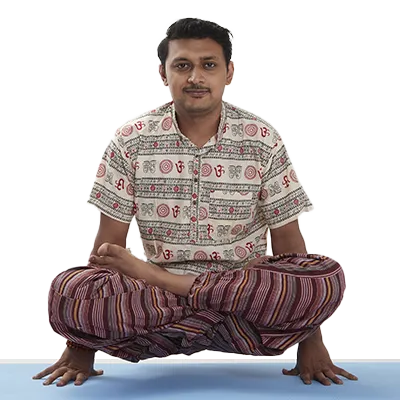
Chetan Rajput
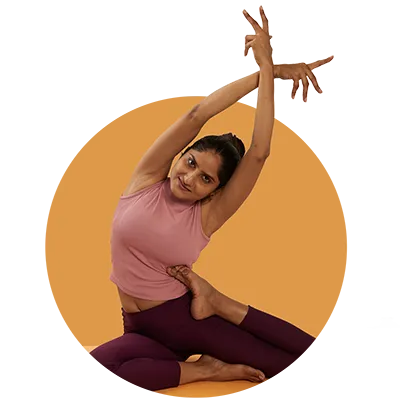
Renuka Chauhan
See what clients say about us... Google
Modifications and Variations of Padmasana Yoga Asana:
Half Lotus Pose: If you find it challenging to bring both feet onto the opposite thighs, you can practice Ardha Padmasana (Half Lotus Pose). Bend one knee and place the foot on the opposite thigh while keeping the other leg extended.
Easy Pose: If you have difficulty with Padmasana, you can practice Sukhasana (Easy Pose), where you sit cross-legged with your hands on your knees.
Precautions while performing Padmasana Yoga Asana:
Padmasana (Lotus Pose) is generally considered a beneficial yoga pose, especially for meditation and improving flexibility in the hips and knees. However, like any physical activity, there are risks associated with it, particularly when not performed correctly or if practiced by individuals with certain health conditions. It’s important to note that Padmasana does not directly cause diseases, but it can exacerbate certain conditions or lead to injuries if not practiced with caution.
Here are some health conditions that could be adversely affected by practicing Padmasana:
- Knee Injuries or Conditions: Since Padmasana puts significant pressure on the knees, individuals with knee injuries or chronic knee conditions should avoid this pose. It can exacerbate knee pain and potentially lead to further injury.
- Hip Problems: People with hip joint issues or severe hip tightness might find Padmasana challenging and potentially harmful. The intense external rotation required in this pose can strain the hip joints.
- Ankle Injuries: The position of the ankles in Padmasana can be strenuous for those with weak or injured ankles.
- Lower Back Pain: If not performed with proper alignment, Padmasana can put strain on the lower back, potentially worsening existing back pain.
- Circulatory Issues: Individuals with circulatory problems should approach this pose cautiously, as the cross-legged position may affect blood flow in the legs.
- Sciatica: For those suffering from sciatica, the nerve compression caused by the leg position in Padmasana can aggravate the condition.
It’s crucial to consult with a healthcare professional or a qualified yoga instructor before practicing Padmasana, especially if you have any health concerns or pre-existing conditions. They can provide guidance on whether this pose is safe for you and suggest modifications or alternatives if necessary. Remember, the key to a safe and beneficial yoga practice is to listen to your body and respect its limits.
Frequently Asked Questions – FAQs about Padmasana (Lotus Pose)
Various Yoga services that we offer in Gurgaon
